We all associate dreadlocks with the Rastafarian movement and it’s true that dreads do have a big symbolic significance in Rastafari culture.
But did you know that plenty of other cultures throughout history – including the Vikings – have worn braids and dreadlocks too?
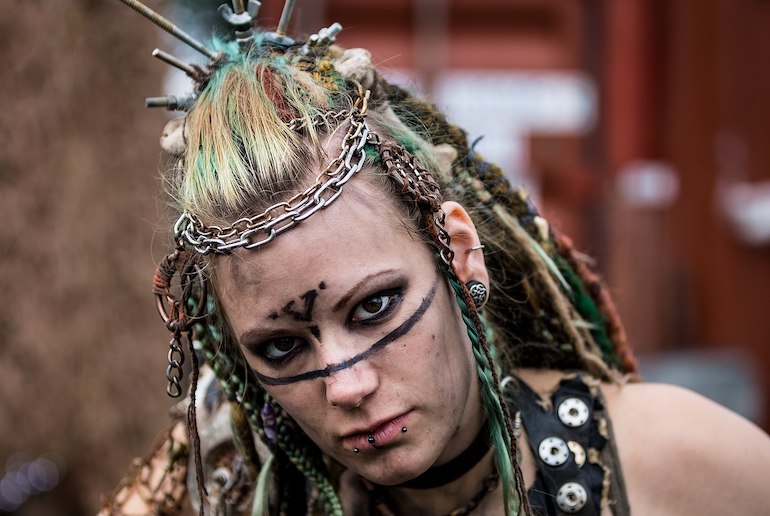
Carvings and paintings from archeological excavations depict the ancient Egyptians and the classical Greeks wearing dreadlocks, while Australian Aborigines and Hindu holy men have worn dreads for centuries and many still sport the style today.
But what about people from the Nordic countries? Did Vikings have dreads? And if so, what would Viking dreadlocks have looked like? Read on to find out all you need to know about Viking dreadlocks and braids.
Did Celts and Vikings have dreadlocks?
Since the Vikings kept few historical records, they relied on the oral tradition to pass down their culture and stories.
Therefore, we have to look to other sources for our knowledge and descriptions of the Vikings’ appearance and lifestyle, and to find out whether Vikings had dreadlocks.
Roman writers have described some Vikings as wearing long rope-like braids, while other accounts say that the Celts and Vikings had “hair like snakes”.
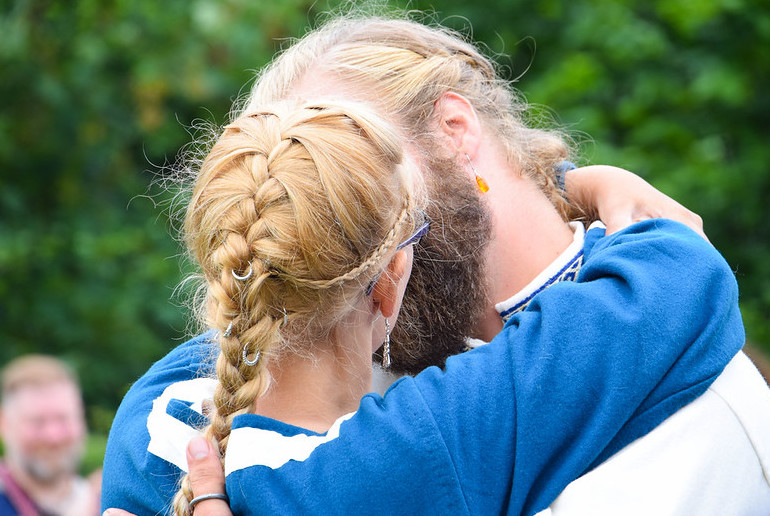
Many contemporary depictions of the Vikings do indeed show them with dreadlocks – Lagertha in the Vikings TV series, for example, sported a mix of dreadlocks and braids.
However, others have interpreted the Roman writings as meaning that the Vikings had long flowing hair, such as Chris Hemsworth’s Thor in the earlier Thor films.
The Celts passed down their folklore in songs, arts and stories, which included tales of elves creeping up and tying the Celts’ hair into knots at night.
These knots were known as “elflocks” or “fairy locks”, and it was considered bad luck to try and brush them out!
Did Vikings have dreadlocks or braids?
Whether the Vikings had dreadlocks or braids is a matter of some discussion. Certainly, many Viking women are depicted as wearing their hair in pretty little braids, which are often worn wound around their heads or intermingled with long flowing locks.
Some women are shown wearing braided hair on top of their head and the rest left loose.
The reality however is that Viking women didn’t have conditioner, hair stylists or detangler so their hairstyles had to be practical!
The long glossy flowing locks intermingled with a few neat braids that you often see Viking women wearing on TV series and in films are unlikely to have been realistic.
Viking men are often depicted wearing a more practical style, with a shaved undercut and braids at the back.
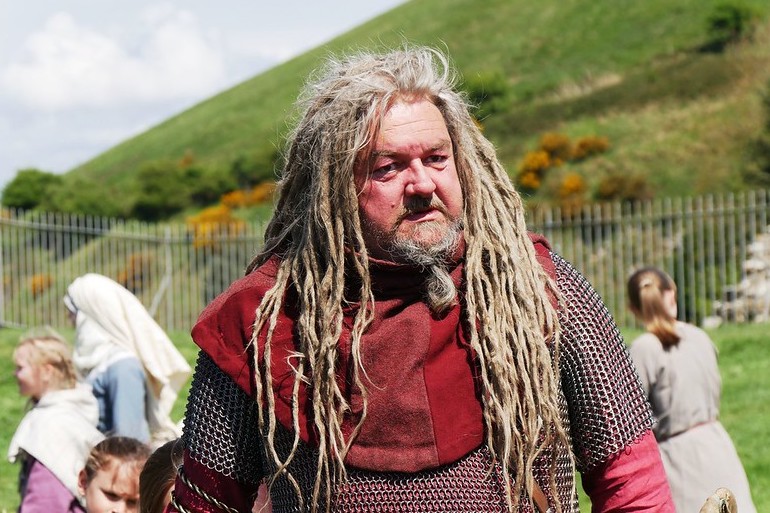
Since personal hygiene was known to be important to the Vikings, it’s likely that wearing braids and dreadlocks was a practical solution to keeping hair neat and in control.
However, there are cultural influences too. Viking women who were married tended to wear their braids in a knot on top of their head to show their status as a wife, while unmarried girls often wore long braids or dreadlocks decorated with a circlet of flowers on festive occasions.
Hairstyles were used a sign of status for men too – slaves often had their hair tightly cropped or their heads shaved completely to show loyalty to their owner.
Viking warriors usually wore long braids or dreadlocks to make them more intimidating to their enemies in battle – or perhaps, more simply, for the practical purpose or keeping their hair out of their eyes while fighting!
Did Vikings have dreads first?
While it seems likely that some Vikings did indeed sport dreadlocks, they clearly weren’t the first race or culture to wear them.
In ancient India, the god Shiva is depicted with dreadlocks, while illustrations show the Egyptian pharaoh Tutankhamun with braids in around 1300 BC.
The ancient Greeks are also known to have worn their hair in dreads, as the Akrotiri Boxer Fresco found on the Greek island of Santorini shows two young boxers wearing braids.
The frescos are thought to date from around 1700 BC – some 2500 years before the Vikings!
What would Viking dreadlocks have looked like?
The answer is that there are a huge variety of dreadlocks that the Vikings could have worn.
Some styles for men have a completely shaved head with a long plait of dreads running from the top of the head down the back.
Other styles show a looser pony tail of dreads from the top of the head, shaved sides with a dreadlock man bun, or simply cornrows all over the head.
Female styles tend to be portrayed as long and flowing though, of course, the reality may have been wilder and less neat!
We do know, however, that the Vikings had combs, since they have been discovered in Viking burial sites, so keeping their hair combed and neat was obviously important to the Vikings.
And, of course, there’s no shortage of unisex styles that look good on both men and women, including an undercut with dreads, Viking mohawk dreads and crisscross dreadlocks.
What were Viking dreadlocks called?
The word dreadlocks is through to have its origins in the Rastafarian movement, so Vikings wouldn’t have called the braids in their hair dreads at all.
The Vikings’ neighbours, the Celts had their own version of dreadlocks which they called “elflocks”, so the Vikings may well have shared this name, although there’s no written record of what the Vikings would have called dreadlocks.
How to do Viking dreadlocks
If you’ve not done Viking dreadlocks or braids before, then you’ll probably want to go to a hairdresser or barber to get a professional look – or at the very least enlist a friend to help!
But if you fancy having a go at doing it yourself there are plenty of online tutorials to help you get your favourite look.
And if you want to channel your inner Ivar from Vikings, check out this video, which shows exactly how to do a long-haired Viking dreadlock style.
And if that’s not enough, this clip shows you how to replicate the hair styles of all five of Ragnar’s sons in The Vikings!
So, there’s no excuse now not to get braiding and plaiting!
See also:
The coolest, craziest Viking hairstyles
Nordic and Viking tattoos
All you need to know about Viking weddings




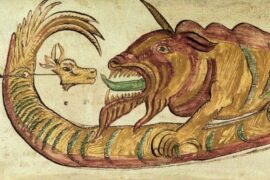
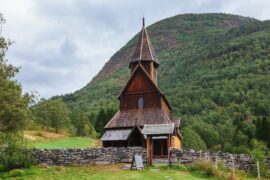

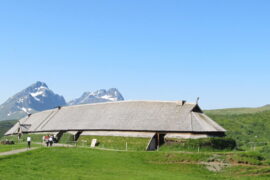
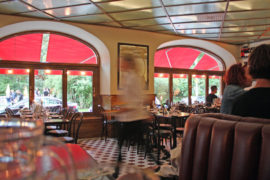
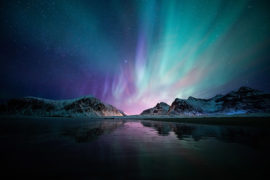
Dude, very nice article. I watched a Dr. Phill interview where a dude mentioned the nordic culture while talking about cultural apropriation, and your article helped me a lot to understand the culture behind it. Congrats on the nice work.
There is no historical evidence to back up anything she said about dreads or braids.
Please don’t be influenced by the show Vikings. They made up those braided hairstyles, they actually said that. Women likely wore what is commonly called French (Norman) braids. Braids would be impractical for viking warriors though – easy to grab in battle, hence the reverse mullet (long on top short at the back).